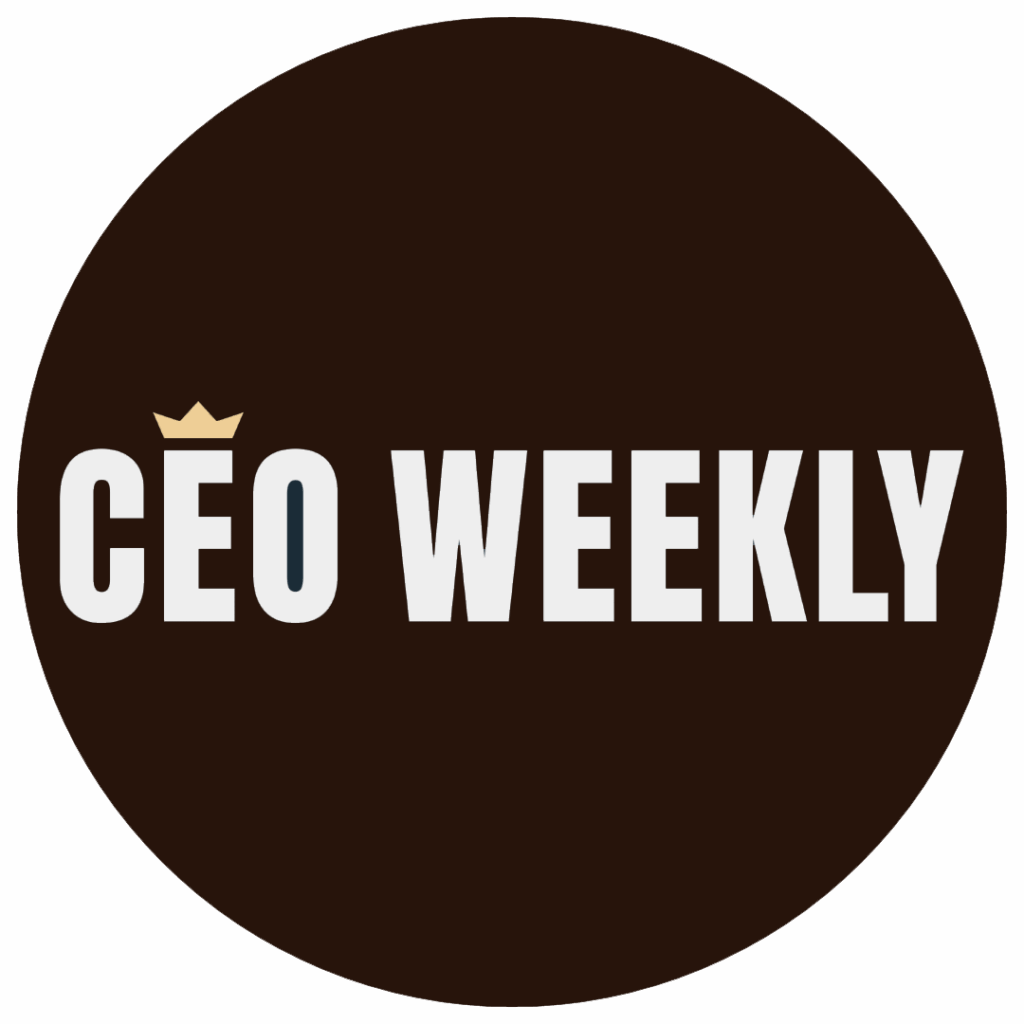By: Chelsea Robinson
For years, private medical practices have been sold the same prescription: grow revenue, allocate in marketing, add more patients. But Ibrahim Ashmawey, founder of Golden Profit Group, has shown that profit doesn’t always come from hustle alone—it can also come from careful optimization.
“Most practices are overworked and underpaid because they’re solving the wrong problem,” Ashmawey explains. “They’re told to sell more services, when in reality, they might be losing money due to inefficiencies that aren’t immediately visible.”
Golden Profit Group was built to address that exact issue. Unlike traditional consultants who focus on patient growth strategies, Ashmawey designed a company that targets what he refers to as “the hidden arithmetic of healthcare”—the often-overlooked cost leaks that, over time, can drain significant amounts from private practices.
A Quiet Revolution in Practice Profitability
Ashmawey isn’t new to the numbers behind healthcare. With a track record of helping clients save substantial amounts, he built Golden Profit Group around a premise that’s both strategic and simple: you don’t always need more revenue to become more profitable. Improving internal systems can lead to greater efficiency.
The firm specializes in financial audits and operational adjustments that reveal potential inefficiencies in billing, vendor contracts, staffing costs, and payment workflows. By identifying these gaps, Golden Profit Group helps practices strengthen their financial positions without increasing workload or compromising patient care.
“We’re not here to tell doctors how to do medicine,” he clarifies. “We help them stop overpaying, stop undercharging, and stop relying on assumptions when it comes to running their businesses.”
This approach has encouraged many physicians to shift their focus from sheer volume to efficiency, sustainability, and control.
The Birth of a New Business Model
Ashmawey launched Golden Profit Group after noticing a broader issue across the healthcare sector: a disconnect between medical expertise and business success.
“Doctors are some of the most highly trained professionals in the world,” he says. “But no one teaches them how to run a profitable operation. They’re often left to figure it out on their own, usually while working long hours.”
That gap inspired him to build a consulting model unlike most others. His systems are designed to integrate smoothly into existing operations. Clients don’t need to retrain staff, overhaul patient processes, or pause service delivery. Instead, Golden Profit Group embeds quietly into the system, running diagnostics in the background and delivering changes with precision.
The result is a model that feels less like traditional consulting and more like problem-solving. It’s direct, actionable, and measurable.
From Founder to Fixer
Ashmawey’s own path into this work was unconventional. Born in Washington, D.C., he began his career outside the spotlight, studying how healthcare organizations handled cost structures and financial workflows. Over time, he saw the same patterns repeat across practices of all sizes—wasteful spending, poor vendor negotiations, overlooked billing codes, and denied claims that were never revisited.
“I didn’t want to just be another consultant,” he explains. “I wanted to create a company that could actually address these problems effectively. One that delivers results, not just ideas.”
That mindset shaped Golden Profit Group into one of the most impactful organizations in its space. While others advertise growth and scale, Ashmawey’s team focuses on tangible outcomes, letting their work speak for itself.
What Comes Next
As economic conditions place new pressure on medical practices, the need for financial resilience is becoming clearer. For many private practices, profit margins are tight, and inefficiencies once deemed manageable are now increasingly critical.
Golden Profit Group is rising to meet that challenge with clarity and efficiency. The company continues to refine its methods, helping practices adapt to a more complex financial environment. For Ashmawey, the future isn’t about expansion for the sake of expansion—it’s about addressing the core financial issues within healthcare.
“This isn’t about trends or tactics,” he emphasizes. “It’s about correcting the foundational math behind your business. If the math isn’t right, the rest is irrelevant.”
His ambition is focused yet practical: to make Golden Profit Group a trusted partner in healthcare cost management. Not through advertising or grand promises, but through consistent execution—and by returning money back into the hands of the medical professionals who need it most.
Final Thought
Ibrahim Ashmawey’s story is less about disruption and more about repair. By focusing on the overlooked arithmetic of private practices, he’s showing that profitability doesn’t always come from chasing growth—it comes from plugging the leaks that drain resources.
In a field where clinicians are often asked to sacrifice financial stability for patient care, Golden Profit Group offers a balanced path: one where doctors can thrive both as healers and as business owners.
And as the results show, Ashmawey’s quiet revolution is just getting started.
Disclaimer: The information provided in this article is for general informational purposes only. While every effort is made to ensure the accuracy and reliability of the content, it should not be construed as professional advice. Readers are encouraged to seek independent advice or consult with relevant professionals before acting on any information presented. The author and publisher are not responsible for any errors, omissions, or any actions taken based on the information in this article.









